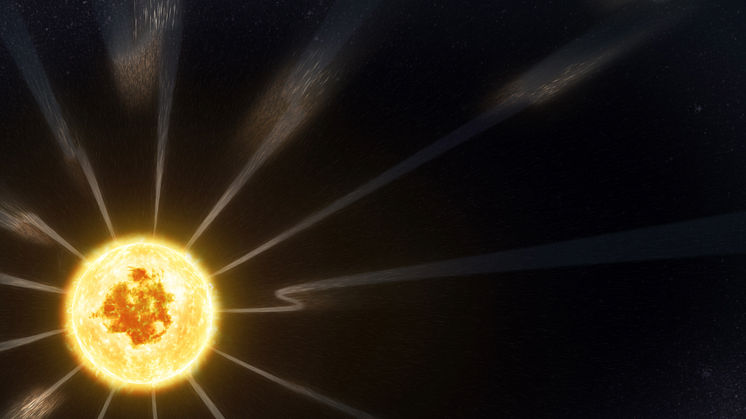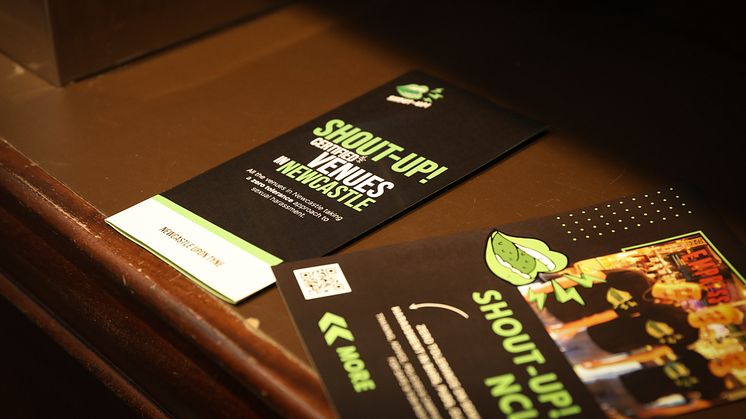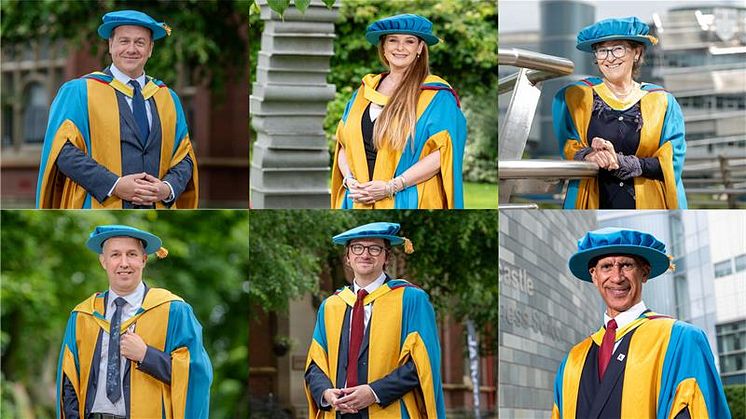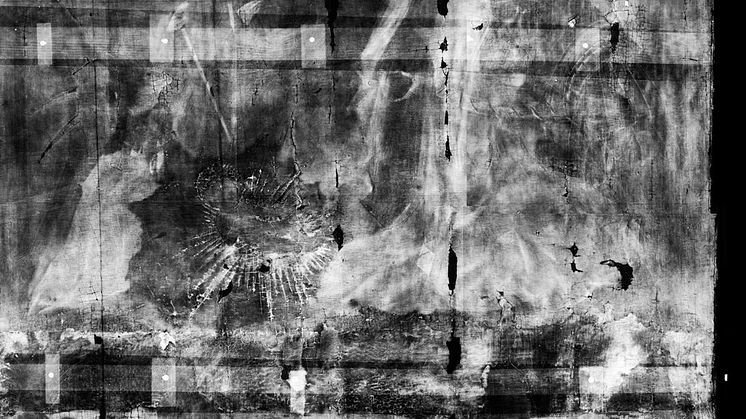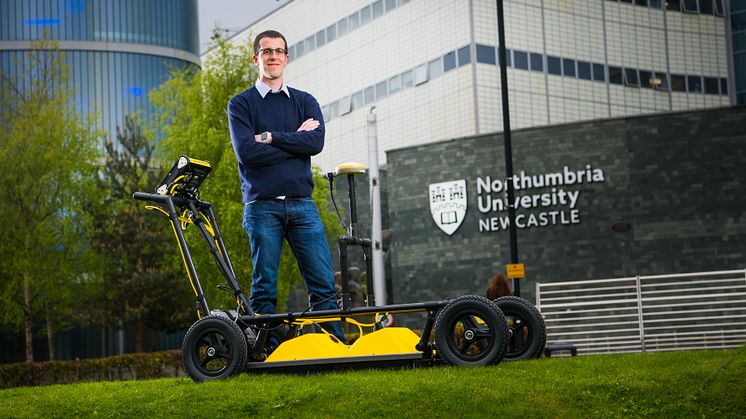
Press release -
Software developers selected for Google Summer of Code
Ground Penetrating Radar software developed by academics at the universities of Northumbria, Edinburgh and Aberdeen has been chosen by technology giant, Google, to be part of its prestigious Summer of Code mentor scheme for the fourth time.
This year the software known as gprMax, developed by Dr Craig Warren from Northumbria, Professor Antonis Giannopoulos from Edinburgh and Dr Iraklis Giannakis from Aberdeen, was one of just 195 pieces of software worldwide, and 56 in the fields of science and medicine, selected to take part in Google Summer of Code (GSoC).
The international program provides student coders with paid opportunities to work with software development organisations over the summer period when many are on the look out for work experience. The aim is to support the development of skills and sophisticated open source software which is globally available for all to access.
The gprMax software is used for simulating and modelling Ground Penetrating Radar and has benefits for a variety of sectors, including archaeology, engineering, geophysics and medicine. Some examples of its application include assessing critical infrastructure like roads and bridges, locating buried utility pipes, mapping glaciers in the Antarctic, or detecting tumours in the human body. The software can be downloaded and used for free by anyone, anywhere in the world, and was accessed by NASA to support the 2020 Perseverance Rover explorations of Mars.
Dr Warren, Assistant Professor in the Department of Mechanical and Construction Engineering at Northumbria University, explained: “This piece of software has a long and established history and it was developed in recognition of the fact that, as a research community, we need access to powerful openly available tools to develop new practices and understanding in GPR technologies.
“To have Google continue to support and recognise the importance of growing and expanding gprMax is a brilliant endorsement and we’re delighted to be selected to take part in the Google Summer of Code once again, in this, the twentieth anniversary year of the global programme.
“It is a fantastic opportunity for students from around the world to contribute their skills and learn about developing open source code in real software projects.”
Continuous development of gprMax has been made possible by research on Ground Penetrating Radar over many years. It has been supported by Industrial Cooperative Awards in Science and Engineering (ICASE) EPSRC PhD research funding, in collaboration with the UK Defence Science and Technology Laboratory, and other research work funded by Google Fiber in the USA. The Canadian firm Sensors & Software, which produces the GPR systems used in Northumbria’s research, has also supported gprMax through a funded PhD.
The academic team behind gprMax have already worked with 10 international GSoC student contributors in 2019, 2021 and 2023 who are selected during an application process. This summer Google are funding five new contributors – the most in a single year so far – who began working on their ideas of how to use and further advance the software at the end of May. They will complete the 12-week online programme at the end of August.
The five students involved this year are currently studying in the USA, China, Brazil and Canada.
Dr Giannakis, Lecturer in the School of Geosciences at the University of Aberdeen, said: "It is great to see Google supporting open source software with such a high impact to the scientific community. We are looking forward to further advance gprMax and use it to tackle challenging and timely problems such as demining, planetary exploration, civil and environmental engineering."
Professor Giannopoulos from the School of Engineering at the University of Edinburgh, said: “I am very happy to see gprMax’s usage by our research community and its development to continue growing so strongly after its initial inception more than 25 years ago.
“Participating in the Google Summer of code is an amazing opportunity for us and our research community as it facilitates the development of critical features for our open source software that supports the research of many people who work on exciting and challenging electromagnetic sensing problems in many diverse areas. I would like to thank Google for selecting gprMax again this year.”
Discover more at www.gprmax.com. Visit the Department of Mechanical and Construction Engineering web pages to find out about research and study options at Northumbria.
Topics
Categories
UNIVERSITY OF THE YEAR 2022 (Times Higher Education Awards)
Northumbria is a research-intensive university that unlocks potential for all, changing lives regionally, nationally and internationally.
Two thirds of Northumbria's undergraduate students come from the North East region and go into employment in the region when they graduate, demonstrating Northumbria's significant contribution to social mobility and levelling up in the North East of England.
Find out more about us at www.northumbria.ac.uk
--- Please contact media.communications@northumbria.ac.uk with any media enquiries or interview requests ---







